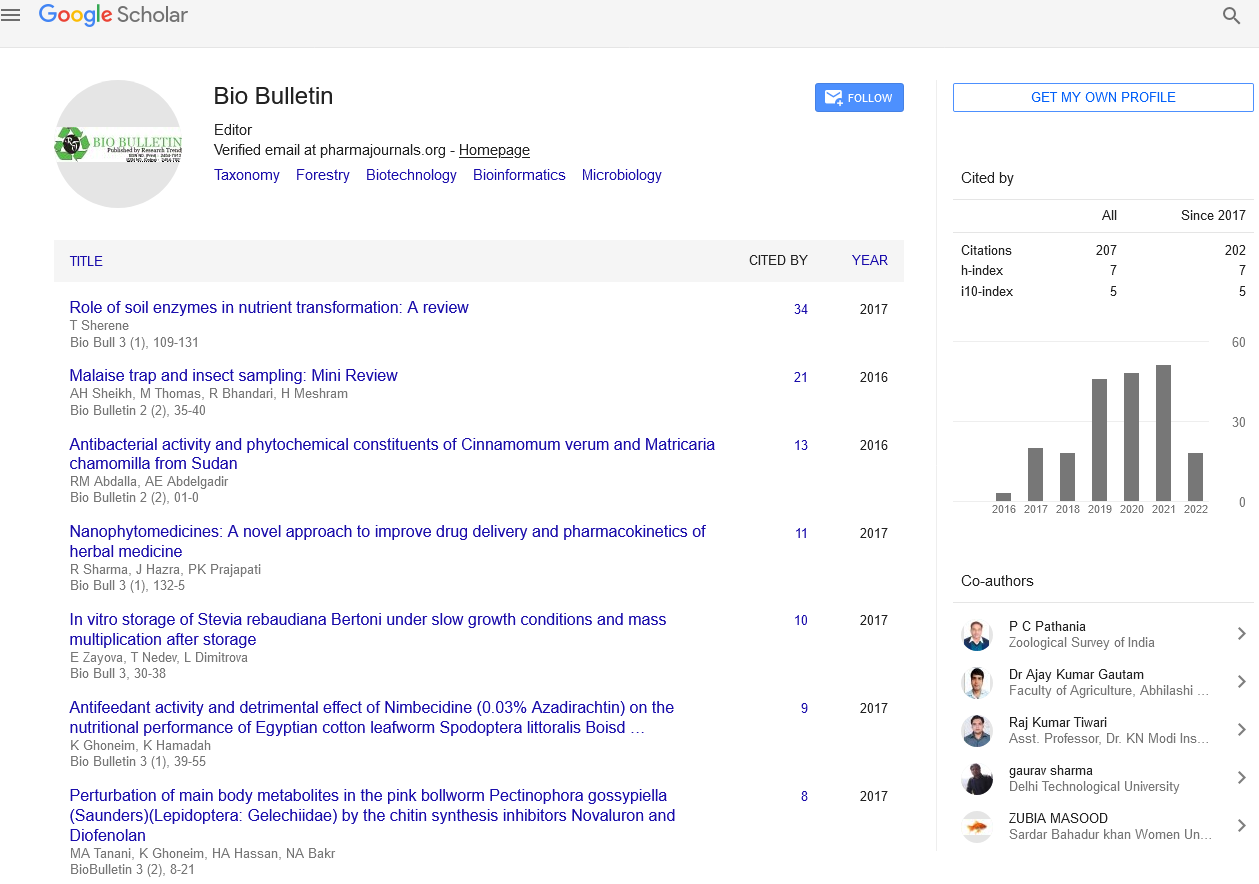Filopodial Structure in Neuronal Growth Cones
Commentary - (2021) Volume 7, Issue 3
Abstract
https://linktr.ee/marmaris1 https://www.divephotoguide.com/user/marmaris1/ https://artmight.com/user/profile/2408931 https://allmyfaves.com/marmaris1 https://www.fimfiction.net/user/628252/marmaris https://www.drupalgovcon.org/user/568666 https://www.roleplaygateway.com/member/marmaris1/ https://www.kickstarter.com/profile/825997479/about https://tapas.io/sam659667 https://seedandspark.com/user/marmaris1 https://starity.hu/profil/386591-marmaris1/ https://www.informationweek.com/profile.asp https://nootheme.com/forums/users/marmaris1/ https://app.roll20.net/users/12308972/marmaris1-m https://www.360cities.net/profile/sam659667 https://fileforum.com/profile/marmaris1 https://wordpress.org/support/users/marmaris1/ https://www.hebergementweb.org/members/marmaris1.539143/ https://forum.cs-cart.com/u/marmaris1/ https://www.tntxtruck.com/User-Profile/UserId/12208 https://calis.delfi.lv/blogs/posts/205779-linkler/lietotajs/310821-marmaris1/ https://profile.ameba.jp/ameba/marmaris1/ https://www.avianwaves.com/User-Profile/userId/184770 https://engine.eatsleepride.com/rider/marmaris1 https://keymander.iogear.com/profile/53051/marmaris1 https://www.mifare.net/support/forum/users/marmaris1/ https://inkbunny.net/marmaris1?&success=Profile+settings+saved. https://www.diggerslist.com/64e0c4fad170b/about https://research.openhumans.org/member/me/ http://bluerevolutioncrowdfunding.crowdfundhq.com/users/marmaris1 https://www.cakeresume.com/me/marmaris1 https://educatorpages.com/site/marrmaris1/pages/about-me? https://gotartwork.com/Profile/marmaris1-marmaris1/253385/ https://www.facer.io/user/OGfo7VWrhR https://able2know.org/user/marmaris1/ https://www.techrum.vn/members/marmaris1.230749/#about http://foxsheets.statfoxsports.com/UserProfile/tabid/57/userId/145739/Default.aspx http://riosabeloco.com/User-Profile/userId/196075 http://phillipsservices.net/UserProfile/tabid/43/userId/245691/Default.aspx http://www.ramsa.ma/UserProfile/tabid/42/userId/962725/Default.aspx http://krachelart.com/UserProfile/tabid/43/userId/1242308/Default.aspx http://kedcorp.org/UserProfile/tabid/42/userId/72907/Default.aspx http://atlantabackflowtesting.com/UserProfile/tabid/43/userId/561626/Default.aspx https://www.intensedebate.com/people/marmaris12 https://rosalind.info/users/marmaris1/ https://wordpress.com/me https://photozou.jp/user/top/3342211
Description
Filopodia are actin-rich protrusions of the cytoskeleton on the main border of mobile cells. In the nerve cones, they act as antennas to guide the axon to a precise moving target. Appropriate brain improvement relies on a powerful axon control mechanism, so understanding the behaviour of the actin cytoskeleton during major repairs is very important to meet the needs of thriving cone exploration. Here, with the help of cryo-electron tomography and fluorescence imaging, we show that the filopodia in the neuroprosperity cones transition between the fascinating state and the filiform decoration state. This transition means that the with the help, the cofilactin package on the base of the filopodia excludes obsessive or women's threads and reorganizes their packaging. In addition, we show that cofilactin bundles contribute to the performance of the filamentous actin network and therefore may regulate the performance of concentrated axon growth. In the ever-growing terrifying system, targeted neural circuits have been established through chemical and conventional induced neurite control techniques. With the help of the coordination of actin polymerization and depolymerization in the "cones," neurites are guided along their distal guides in the direction of their subsequent synaptic partners. In culture, the cone is usually shaped like a fan with filamentous protrusions on the main edge, which are connected laterally with the help of a flaky veil made from a network of shorter branched actin. Both systems represent the peripheral area of the cone and are rich in filamentous actin (factin). With the help of the integration of attractive and repulsive cues from the environment, the cones move forward and rotate, turning them into a signal cascade, forcing the actin cytoskeleton to work again. Here, the filopodia act as an antenna for recognizing and responding to extracellular signals, while the changes in the actin community in the lamellopod act on the membrane and drive the cone closer to its destination.
We agree that the goal of transferring between these bag types is to create a hinge point (or possibly a universal joint) between the rigid filament protrusion and its extra flexible intracellular substrate. We show the filament here. The neural prosperous cones of the actin bundle shift between the obsessive-related and cofilin decorative states, and this shift changes the shape of the filamentous actin network to exclude obsessive cross-linking agents. In addition, filiform foot curvature usually occurs in the transition zone between the cofilin-rich base and the fascia-rich tip.
Our data, combined with evidence in the literature, indicate that this structural shift, in addition to regulating the interaction with motor proteins (including myosin II), also modulates filopodia by regulating the intensity of active filopodia. The movement and ultimately regulate the growth of axons. We tried to study the effect of cofilin on the shape and versatility of the actin filament network in cone-shaped filopodia. We first observed the distribution of cofilin in rat hippocampal cones, phalloidin and immunity use of fluorescent labeling. We found that during the filamentous body, the factin runs from the end of the protrusion to the cantilever cone, inside the lamellipodal veil. We have now stopped studying full-scale cofilin staining in accordance with cone filopody guidelines, including staining seen at a certain point in the retraction of filaments in non-neuronal cells, but cofilin-rich areas are visible from time to time, it extending to forecasting. One possibility is that the immunostaining scheme is responsible for this difference, because, as we chose in this study, the cofilin-rich bundle is easily destroyed with the help of the forward osmosis scheme. Cofilin may also have unique cellular characteristics.
Author Info
Baljeet Saharan*Received: 15-Sep-2021 Accepted: 29-Sep-2021 Published: 05-Oct-2021
Copyright: This is an open access article distributed under the terms of the Creative Commons Attribution License, which permits unrestricted use, distribution, and reproduction in any medium, provided the original work is properly cited.

